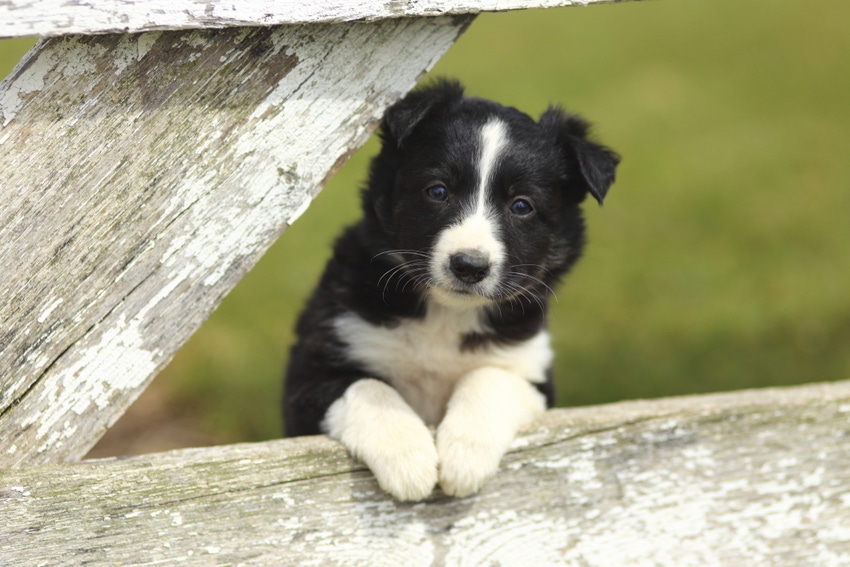Subscribe to Our Newsletters
Feedstuffs is the news source for animal agriculture
Properly implemented weight loss program can successfully result in efficacious weight loss in dogs. Also, Texas Tech expands mission of Canine Olfaction Laboratory.

You May Also Like